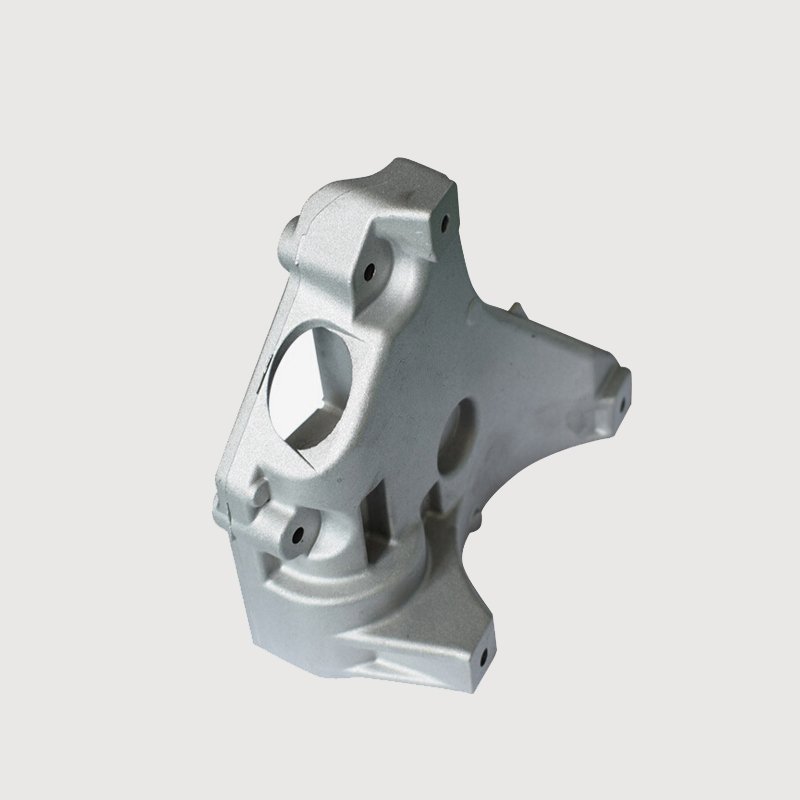access point for housing Differences in Deeded Access & Deeded Easement
by:Hanway
2019-08-28

If you are the only owner of your house, it is easy to forget that others may also have the right to own the property.But it is possible for them to, or even, do so.If you live in a city, municipalities and utilities have a legal right to lay lines on your land or on pipes under the soil.These easements may be transferred by deed, in which case they are called easements.Sometimes easements allow for actual access or access to your property.In this case, the revoked easement may also be referred to as the revoked access.The starting point for understanding deprived easements and denied access rights is to understand what a deed is and what role they play in house ownership.When you buy and sell a property, you make a transfer using the property deed.This is a legal document that conveys the interest of ownership, identifying the property, the interest of the transfer, the person who transferred the property and the person who obtained the interest of the property.The deed is recorded in the jurisdiction so that anyone interested in the property can look it up and see who owns it and what liens (such as mortgages) the property is attached with easements.In San Francisco, for example, all property covenants are recorded in the San Francisco assessor-It is located in the tape recorder office of City Hall.Since the easement is a property interest, it can be transferred by deed.This is the purpose of the easement contract.When you search for property ownership in the recorder's office, you will find a recorded easement deed.When you purchase a property, it is important to do a title search to determine all easements on the land.Easement is a non-possession property right.In other words, the person holding an easement on your property has a legal right to certain specific uses of your land, but they have no right to actually take possession of the property.A familiar example is a utility company running wires on your land.These easements are usually not transferred by the owner of the property through a deed, but are created by law.The transfer easement is an express easement granted by the owner to a third person and transferred by deed.For example, if you give someone a legal right to hand over your property to the forest behind it, it will be a canceled easement.In California, with or without a clear agreement from the owner of the property, the easement can also be generated in other ways.For example, you may agree to have the next-door neighbor use your driveway to their house as there are no other roads that allow access.If you agree with this but do not put it in the deed, this is called an implied easement.If the person has used your property for at least five years without your permission, this is called a statutory easement in California.Access means the right to actually enter your property.Some easements simply give someone the right to keep something on your land while others allow access to your property.For example, most utility easements give companies the right to maintain cables or pipes, including access.Neighbors who hold a prescribed easement are also allowed to enter your land.Deeed access is an easement that allows access through a deed.For example, if you buy a property by the lake rather than by the sea, your house may enter the lake through adjacent land.This is usually created when the attribute is part of the subdivision.Ownership of your property will pass through this entrance, so the new owner has the right to use this entrance if you sell the house.In California, this easement is often called a right of way.One simple way to remember the difference between a transfer easement and a transfer easement is: each transfer involves a transfer easement.However, the transfer of easement may give the right to use property that does not include the right to use it.
Custom message








